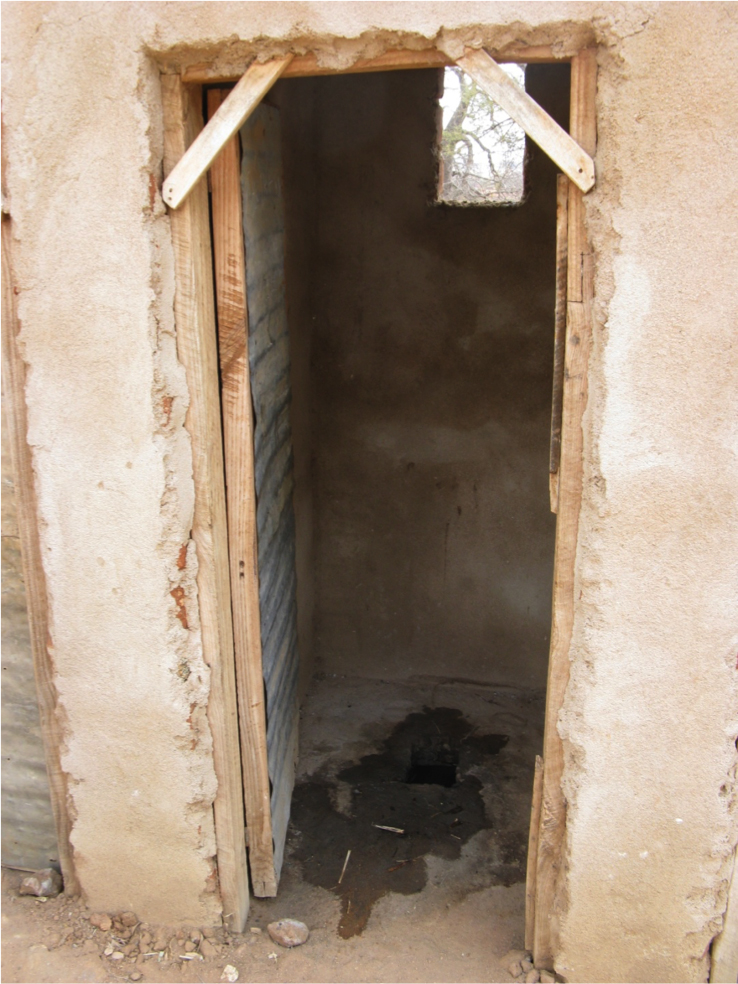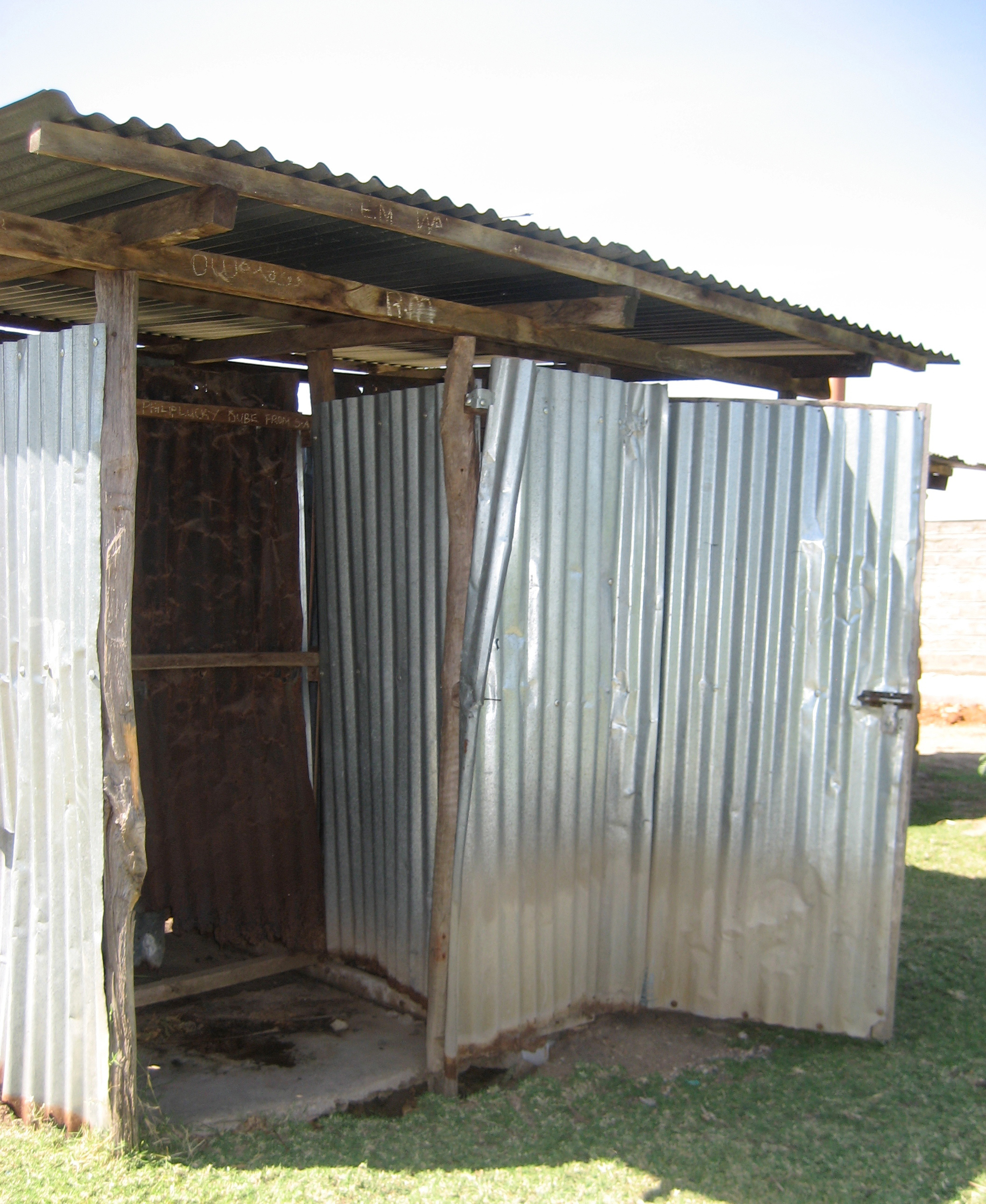We always seem to get our periods as soon as we arrive in Africa to conduct in-depth research with girls about their first menstrual period and the challenges they face managing menstruation in school.
We’ve been conducting research into girls’ experiences of menstruation and education for over a decade, exploring how the onset of menstruation may be disrupting girls’ abilities to attend and participate in school in low-income countries.
In countries across sub-Saharan Africa (and beyond), girls have told us about the shame and fear they experience at their first period, thinking they are ill or dying, and not knowing how to manage their menstruation. They’ve described being afraid to stand up in class in case they have a menstrual leak on their school uniform, and school days missed due to the absence of toilets or water on school grounds.
Although there is great secrecy around menstrual blood in most places we’ve worked, the powerful meanings of menstruation resound, with fertility remaining as the definitive sign of womanhood across the continent.
While there exists huge global awareness about the tremendous importance of women in global development, there remains little recognition of one of the major hurdles: the absence of school bathrooms for girls starting and managing menstruation.
In the field, we sometimes wonder if the strong cultural beliefs about fertility are somehow influencing our own bodies’ rhythms. We can only hope we’ve packed our menstrual cups or enough tampons, unavailable outside of a few big urban shops.
Then begins the trial of finding toilets to use in between meetings in a large capital city, or while conducting the research with schoolgirls in the rural areas of Tanzania, Kenya, Ethiopia, Ghana, Cambodia, and Rwanda. The most recent data from UNICEF indicates that over 50 percent of schools in the low-income countries where we do most of our research do not have water supplies or toilets on school grounds, or have sanitation facilities that lack privacy, and may not be clean or safe to use for girls. This doesn’t even account for the millions of girls trying to manage their menstruation in humanitarian emergencies with inadequate water and sanitation facilities anywhere nearby.

That means that when we visit a school with our local colleagues, there may or may not be a latrine to use. When there is a latrine available—often a good hike away from the classrooms—it may or may not have a door, is usually dark and cramped inside with some flies buzzing about, almost never has a water source or soap anywhere nearby for washing hands, and most certainly does not contain a trash can.
Used sanitary materials? We usually just drop them into the latrine—with a pang of guilt that this will shorten the life span of that latrine for girls in that school. The only alternative is to carry around plastic bags for tucking away used materials until we can find a trashcan. And if using reusable cups, we try to avoid the latrines at all costs; without water to wash them or our hands, they are too difficult to manage. Our own relatively temporary inconvenience and anxiety is one thing; the reality for the girls in those schools every day is another.
Try to envision how many adolescent girls would skip school each month during their menstrual periods if the United States didn’t have private, safe, clean restrooms within walking distance. Tragically, 600 million adolescent girls in low-income regions of the world today don’t need to imagine that.
In Tanzania, we found that girls frequently attend schools that have a ratio of hundreds of girls to one toilet, or toilets that lack doors, trash cans, soap, and any sort of water supply nearby. In Kenya, teachers reported girls missing school three to five days a month when they first start their periods, and girls described difficulties managing their periods with no water in schools.
A growing body of evidence suggests that providing menstruating schoolgirls with adequate toilets (private, safe, clean, and separate from those for boys), water supplies (as simple as buckets inside a toilet stall), soap, disposal facilities, and information about their changing bodies, would have a significant impact on their ability to attend and participate in school. Although there are many reasons that girls do not attend school in low-income countries—distance to the school, school fees, household chores and income-generating activities, family preference for educating sons, early marriage—the absence of adequate toilets and water facilities remains a significant hurdle for both girls and female teachers.

The topic of menstruation, however, remains taboo, which is hindering advocacy, programming, and policy change. It’s not easy to convince organizers of fancy fundraising galas to focus on menstrual periods. Perhaps it’s only slightly easier than trying to convince finance ministers—particularly if they are men—to allocate budgets to ensure adequate toilets are available for menstruating schoolgirls.
While there exists huge global awareness about the tremendous importance of women in global development (Nicholas Kristof ‘s Half the Sky; the viral documentary Girl Rising; the Gates Foundation commitment to improve family planning for 120 million women by 2020), there remains little recognition of one of the major hurdles: the absence of school bathrooms for girls starting and managing menstruation. People, it seems, are comfortable talking about contraception and about girls living in poverty, but not about their periods.
Why does addressing menstruation matter so much? Along with the universal right to water and sanitation for all people (and not just those living in high-income regions of the world, where toilets are taken for granted), there exists decades of evidence from the lower-income regions of the world demonstrating that educated women are more likely to use contraception, vaccinate their children, have healthier future families, be less likely to become infected with HIV/AIDS, and to have more economically successful lives. They are also more likely to send their own children to school, positively influencing the lives of future generations.
On March 8, 2015, women’s groups around the globe united in celebration of another women’s event—International Women’s Day. The chosen theme for 2015 was “make it happen.” If the inadequacy of water and toilets in schools across the lower-income regions of the world are preventing girls from successfully attending and participating in their schooling, then attention to menstruation must be nothing short of what we make happen.





